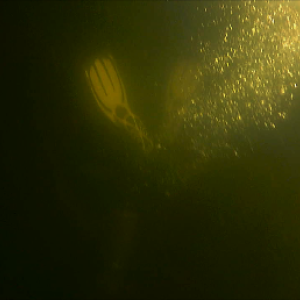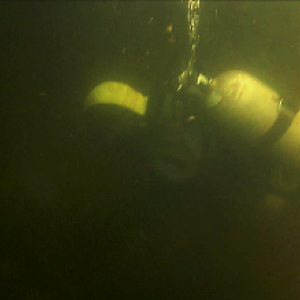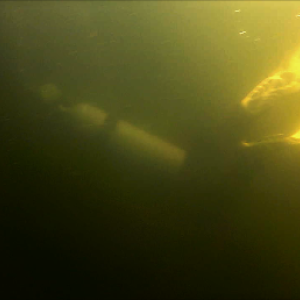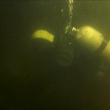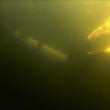West Harbor Pond siphon examined underwater
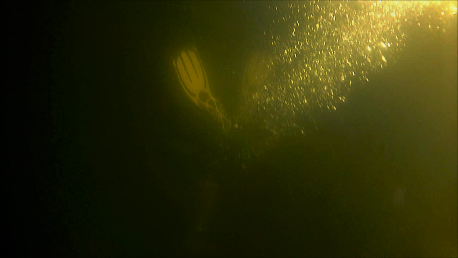 From three feet below the surface, Fuller descends. JOSEPH CHARPENTIER/Boothbay Register
From three feet below the surface, Fuller descends. JOSEPH CHARPENTIER/Boothbay Register
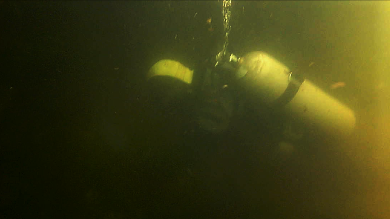 At about six feet below, Fuller checks on the vertical pipe. JOSEPH CHARPENTIER/Boothbay Register
At about six feet below, Fuller checks on the vertical pipe. JOSEPH CHARPENTIER/Boothbay Register
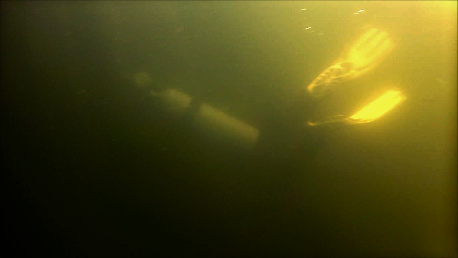 Fuller descends again. JOSEPH CHARPENTIER/Boothbay Register
Fuller descends again. JOSEPH CHARPENTIER/Boothbay Register
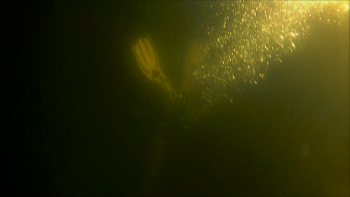 From three feet below the surface, Fuller descends. JOSEPH CHARPENTIER/Boothbay Register
From three feet below the surface, Fuller descends. JOSEPH CHARPENTIER/Boothbay Register
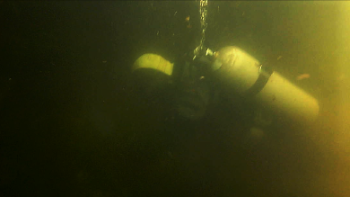 At about six feet below, Fuller checks on the vertical pipe. JOSEPH CHARPENTIER/Boothbay Register
At about six feet below, Fuller checks on the vertical pipe. JOSEPH CHARPENTIER/Boothbay Register
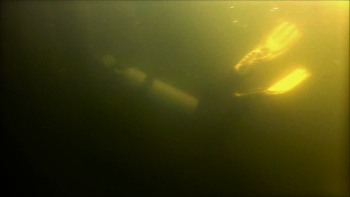 Fuller descends again. JOSEPH CHARPENTIER/Boothbay Register
Fuller descends again. JOSEPH CHARPENTIER/Boothbay Register
On Monday, members of the West Harbor Pond Watershed Association and Jim Lord of Dirigo Engineering assembled at the 137-year-old siphon on the Highway 27 causeway which dams off the freshwater West Harbor Pond from the seawater. The meeting was the first step in finding a solution to the deteriorating water quality of the pond. The WHPWA has contracted with Dirigo to evaluate the options for repairing or replacing the siphon to restore the water quality.
Both parties were present to watch diver Chuck Fuller of Fuller Marine Resources assess the condition of the siphon’s underwater portions. To assist, a crew from the Boothbay Harbor Sewer District used a jetter in an attempt to clear the blockage in the intake portion of the siphon.
The siphon's essential purpose is to evacuate the saltwater from the bottom of the pond. The farther down Fuller went, the darker the water became. At a certain point, Fuller encountered what he called “blackwater — so dark that I couldn’t see my glove in front of my mask.”
The blackwater is consistent with the results of the WHPWA’s sampling of the pond’s water column. The sampling has been carried out since 2013.
“Beginning at the surface, there is about 12 feet of clear water with high dissolved oxygen readings,” said Merritt Blakeslee, a member of WHPWA. “From 12 to 14 feet, the oxygen drops and the water becomes increasingly murky. At 14 feet and below, the dissolved oxygen is nearly zero percent, and the water is extremely murky with a strong smell of hydrogen sulfide, which is produced as organic material decays.”
Blakeslee said that five years of water sample tests have consistently shown a sharp fall off in water quality in the lower portions of the Pond.
After working for more than half an hour, using various nozzles on its jetter, the Sewer District crew was still unable to clear the blockage in the vertical siphon pipe on the pond side of the dam. Instead, the water pressure breached the side of the 10-inch cast iron pipe, weakened by the effects of 137 years of submersion.
Fuller was unable to find the underwater end of the vertical pipe, which appeared to be embedded in the body of the dam. He reported that he attempted to remove several feet of rip-rap by hand, but was still not finding any end in sight.
Blakeslee also mentioned that the end of the vertical pipe on the harbor side could not be found.
Asked where Monday’s activity left the WHPWA in its efforts to fix the siphon, Blakeslee replied,“There is nothing final so far — how we will end up repairing or replacing the siphon is still very much in the planning stage. We do not want to get ahead of ourselves and begin discussing options we do not yet fully understand. But it is important to note that what we found out about the old siphon today — the blockage and breach — do not preclude the possibility that the siphon can be repaired and restored to operation.
Blakeslee said that with Dirigo Engineering’s assistance, the association is also exploring the option of placing a new siphon elsewhere in the causeway.
Event Date
Address
United States

